Tutorial: How to Sew the Collar on the Capucine Robe
This tutorial is to support the collar instructions in the Capucine Pattern booklet starting on page 27.
Transfer the collar pattern marking to the fabric. Then mark a stitch guide line 2” up and 2” over from the dot marking with a fabric chalk or pen. Note: The line along the collar is 1/2” from the edge. The line along the shoulder is 5/8” from the edge.
Stay stitch along the stitch guide marking made in the previous step.
Clip the corner to the stay stitching.
Repeat for the other Robe Front.
Place Robe Fronts right sides together. Sew with 1/2” seam allowance. Press seams open.
Place the Robe Back and Robe Fronts right sides together. Line up the center back with the center seam in the collar. Leave the fold in the Robe Back to determine the center back.
Note: Make sure the pattern markings by the shoulder/neck corner are transferred to the Robe Back for the next step.
Line up the shoulders and neckline/collar and pin in place. The clipped corners should line up with the pattern markings on the Robe Back.
Sew the shoulder seam together with 1/2” seam allowance. When you come to the clipped corner, leave the needle down right in the corner of the clip. Lift the presser foot and pivot to the neckline. Sew neckline with 5/8” seam allowance. Then pivot again at the next clipped corner and sew down the other shoulder with 1/2” seam allowance.
That’s it! Your Capucine collar is assembled!
Leave a comment Cancel reply
Related posts
An Introduction to Common Crotch Adjustments
Recently, I drafted a pattern and made a toile of a pair of drop-crotch pants. When I tried them on, I straight away noticed (and felt) they weren’t quite right. The most obvious issue was that the back crotch felt tight and pulled uncomfortably, especially when bending over. Walking also felt a little restricted, with…
How to Thread a Sewing Machine: A Beginners Guide – Part 2
Now that we’ve covered the basics of threading a sewing machine in Part 1, let’s move on to some additional functions. In Part 2, I’ll show you how to change both the needle and the presser foot. I’ll also introduce the twin needle, and share some helpful troubleshooting tips for common issues that can happen when…
Made by Hand: Ellen Merchant’s Printed Textiles
One of Britain’s most exciting and adventurous textile and wallpaper designers working today, Ellen Merchant places traditional print processes and high-quality materials at the heart of her creative practice. Inspired by the Arts and Crafts emphasis on hand-made design over mass-produced goods, her work embraces traditional, hand-block printing techniques and features intricate, ornate, botanical designs…
How to Thread a Sewing Machine: A Beginners Guide – Part 1
Threading a sewing machine can feel a bit daunting at first, but it quickly becomes second nature after you’ve done it a couple of times. These days, I don’t even think about it—muscle memory just takes over. That said, writing this tutorial made me slow down and walk through each step more deliberately. It reminded…
SEW THIS LOOK
LATEST COMMENTS
- Understanding Fabric Drape
10 Aug 2025 @ 8:44 am by Your Guide to Using Custom Jersey Fabric Creatively - Tutorial: Block Printed Kitchen Towels
21 Feb 2023 @ 6:13 am by 33 Tea Towel Crafts - HelthDestiny - The Fabric of the Renaissance
01 Dec 2020 @ 1:00 am by Who Is The Patron Saint Of Sickness? Turning To St. Roch For Healing » SymbolofFaith.shop - How to Take Your Body Measurements: A Concise Guide
23 Jun 2024 @ 12:59 am by Fitness 101: How To Support Your Body Transformation For Better Appearances • The Havok Journal - Caring for Linen: How to Wash, Dry, Iron and Remove Stains
10 Sep 2020 @ 1:00 am by Lviefent Rust Zip Mini Dress Review: Casual Comfort & Style Explored


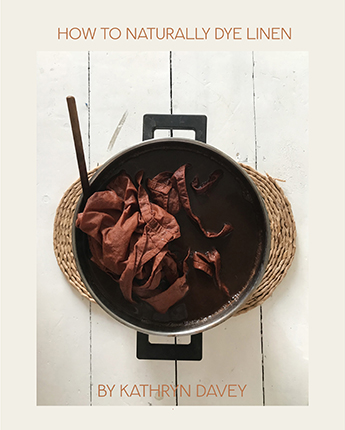
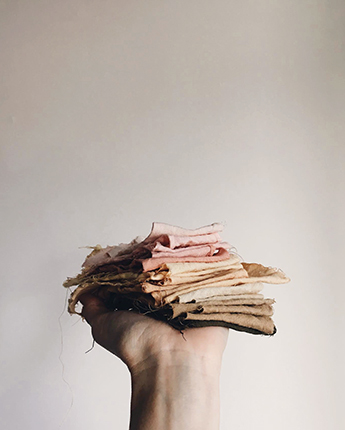

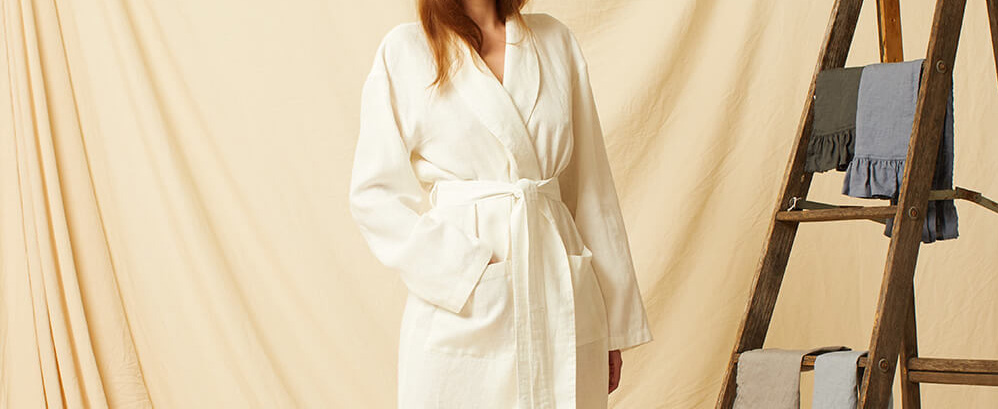
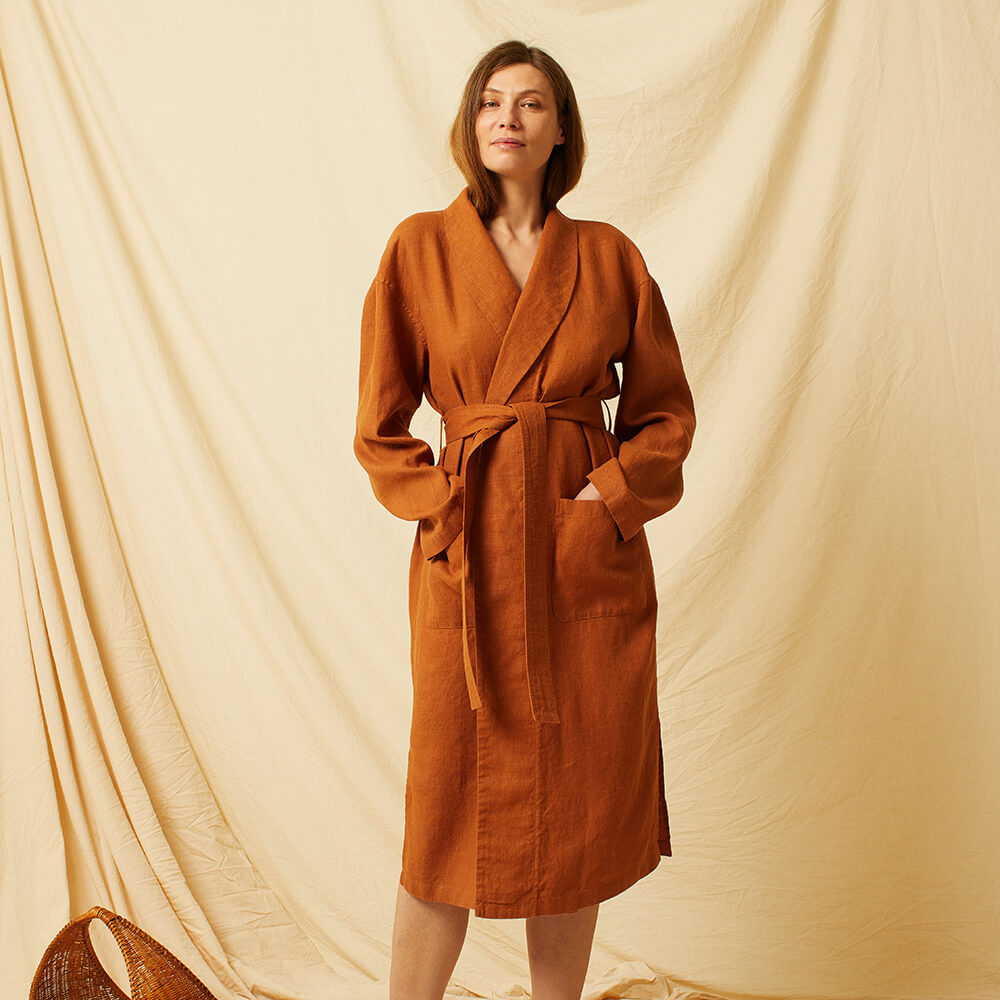
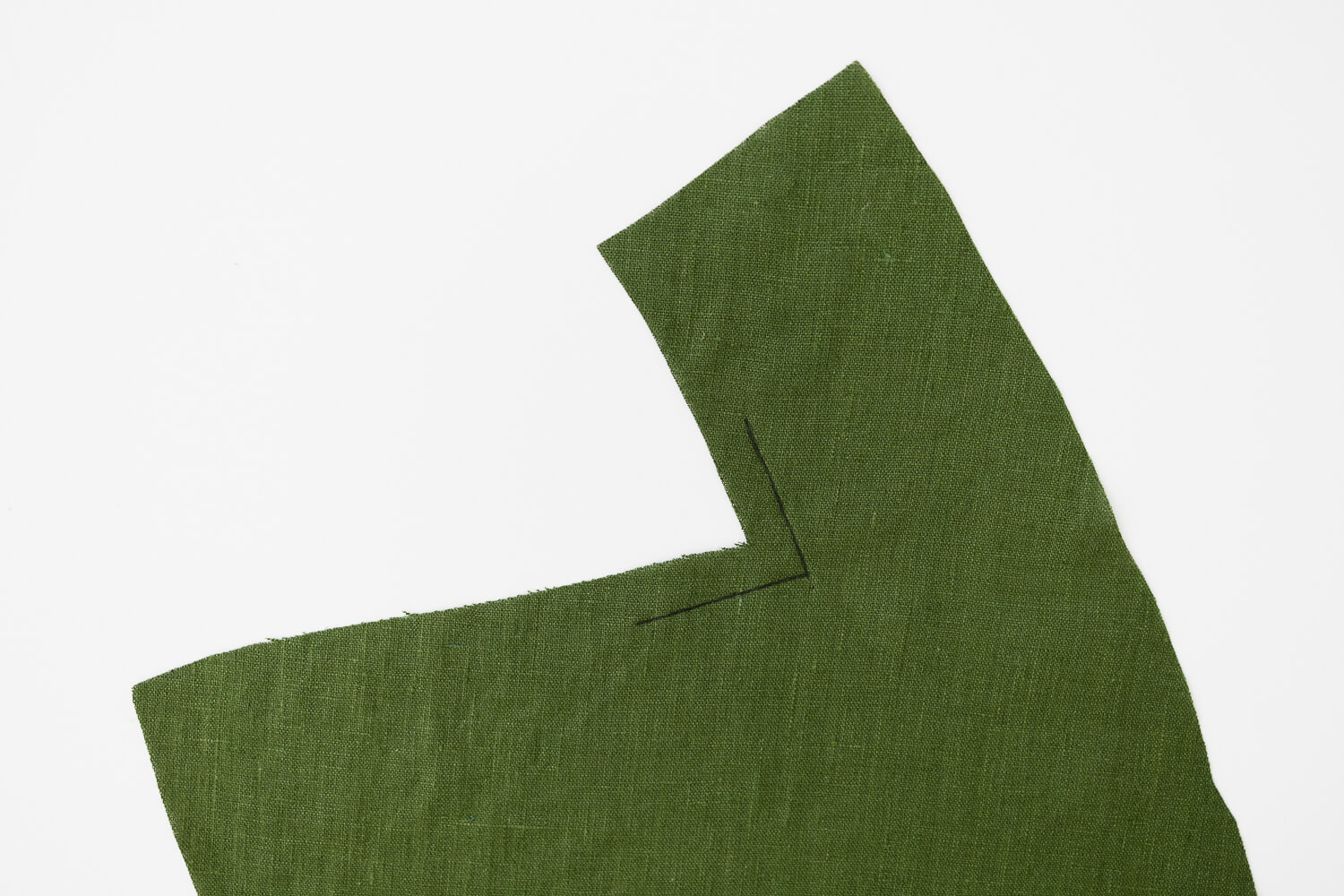
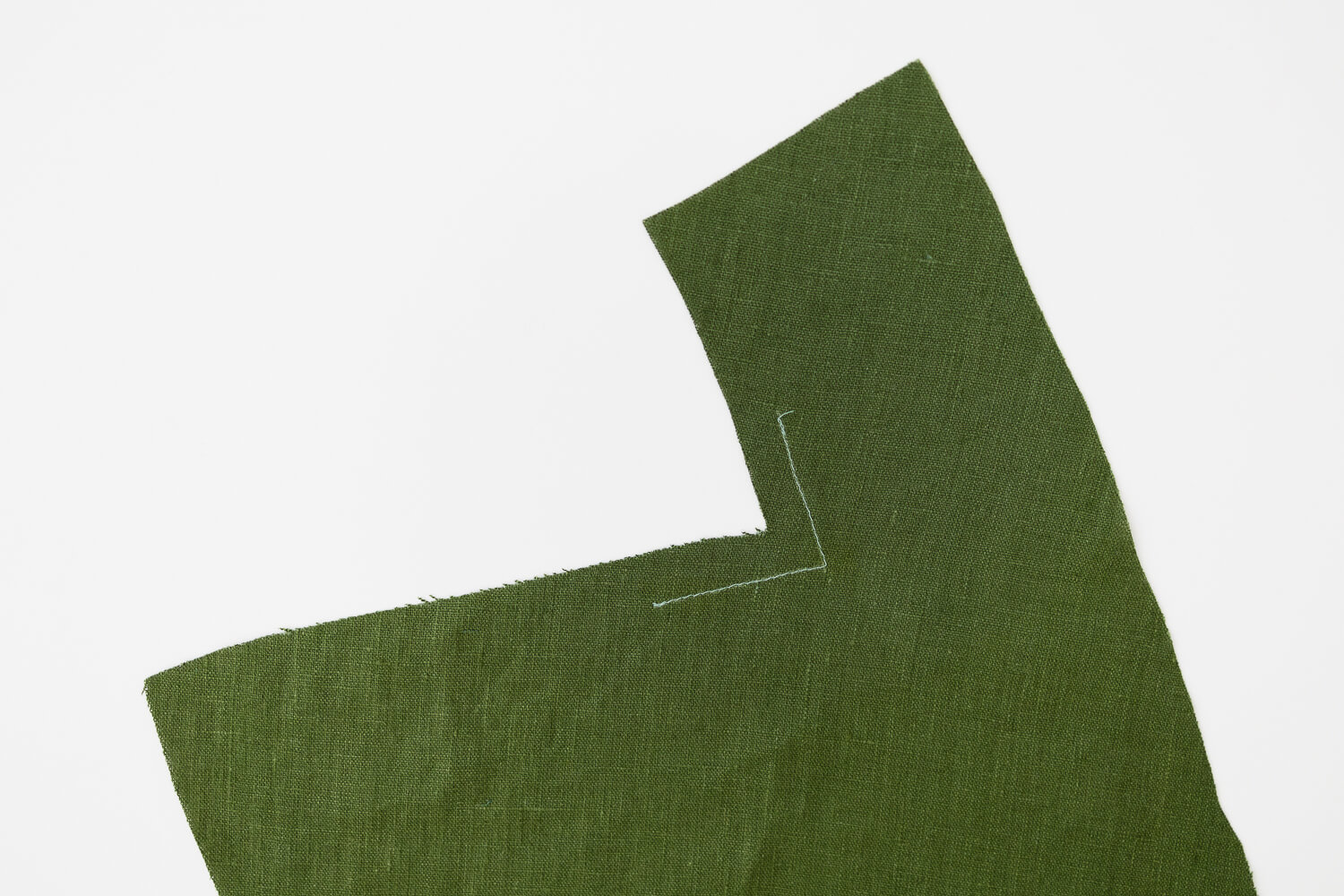
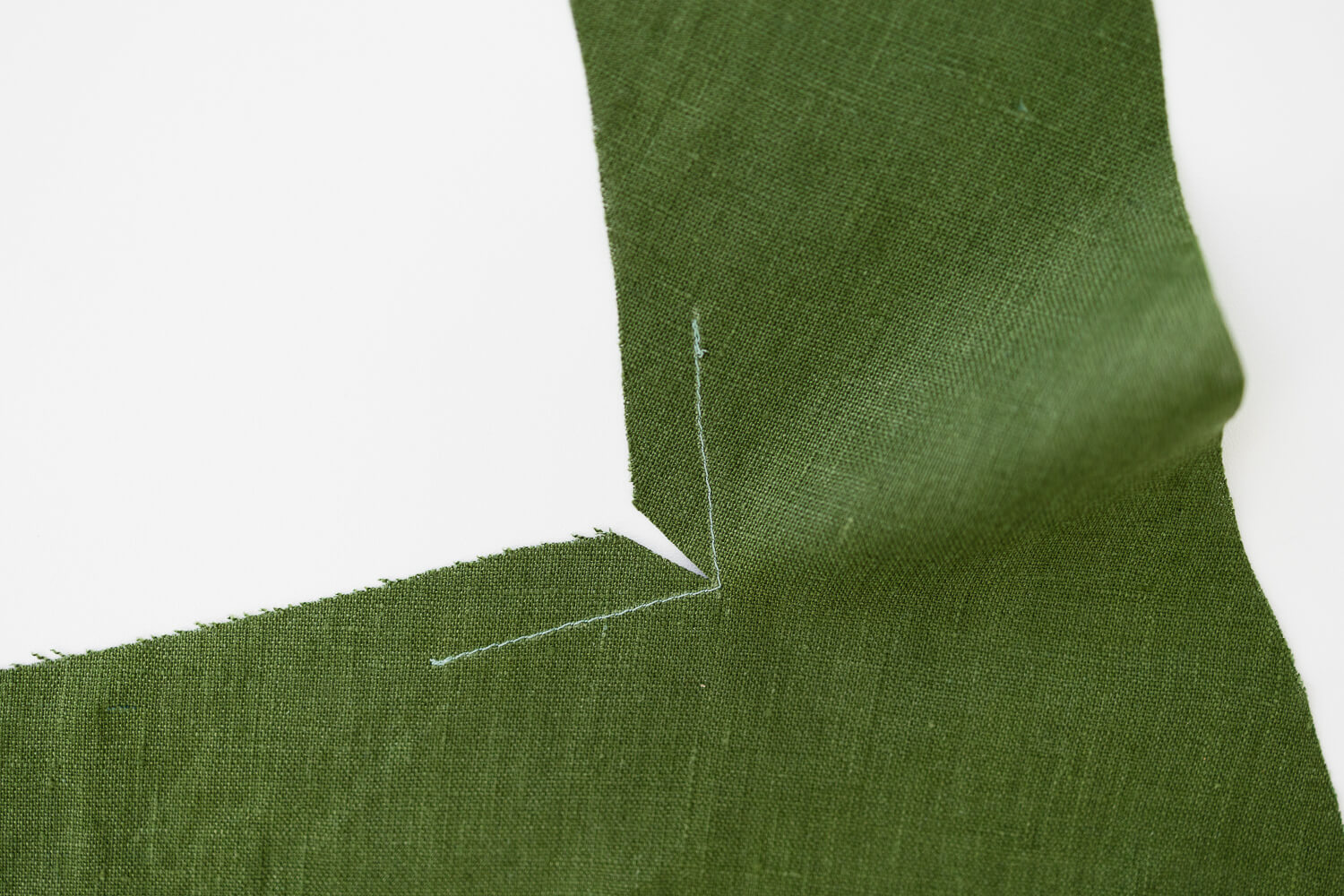
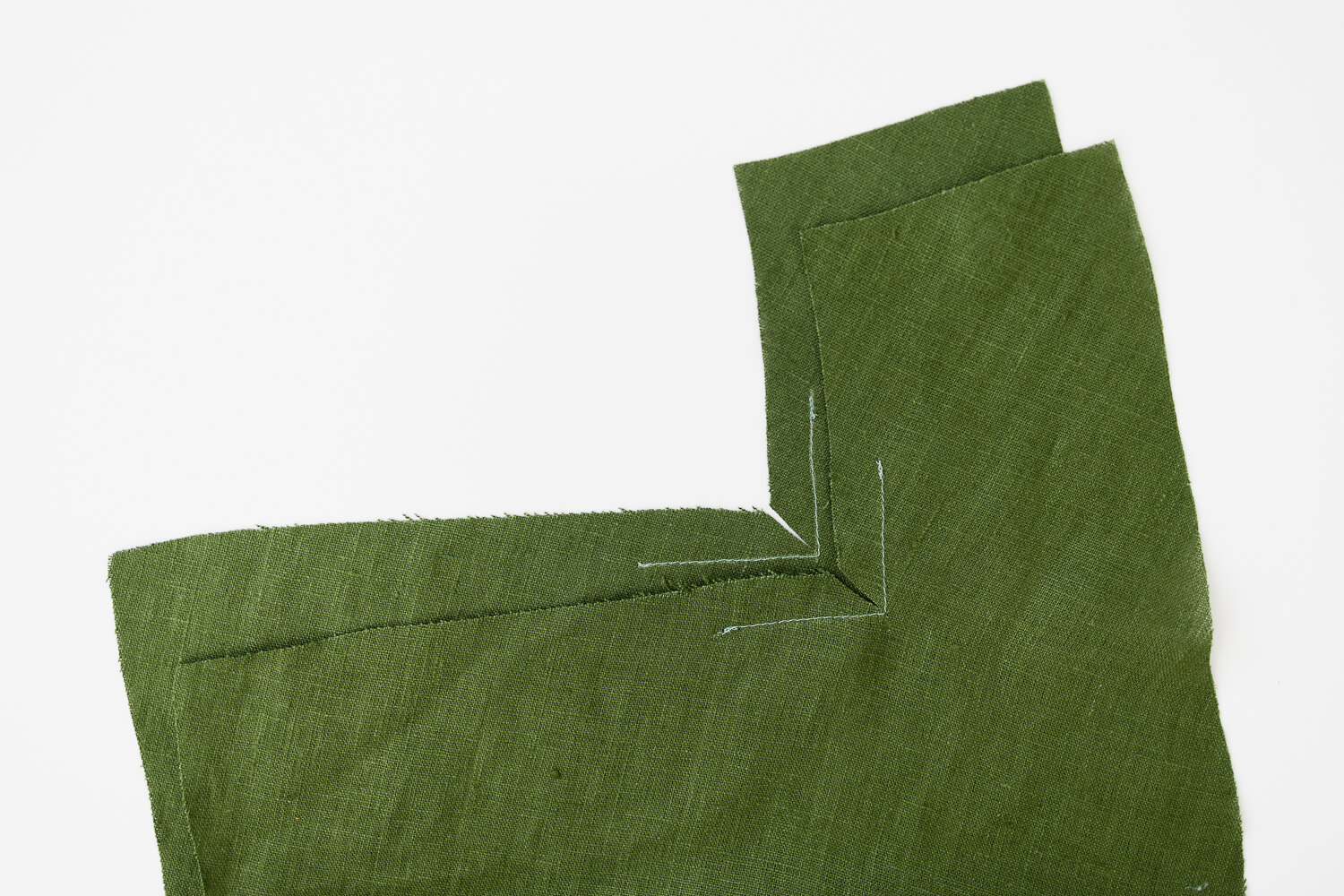
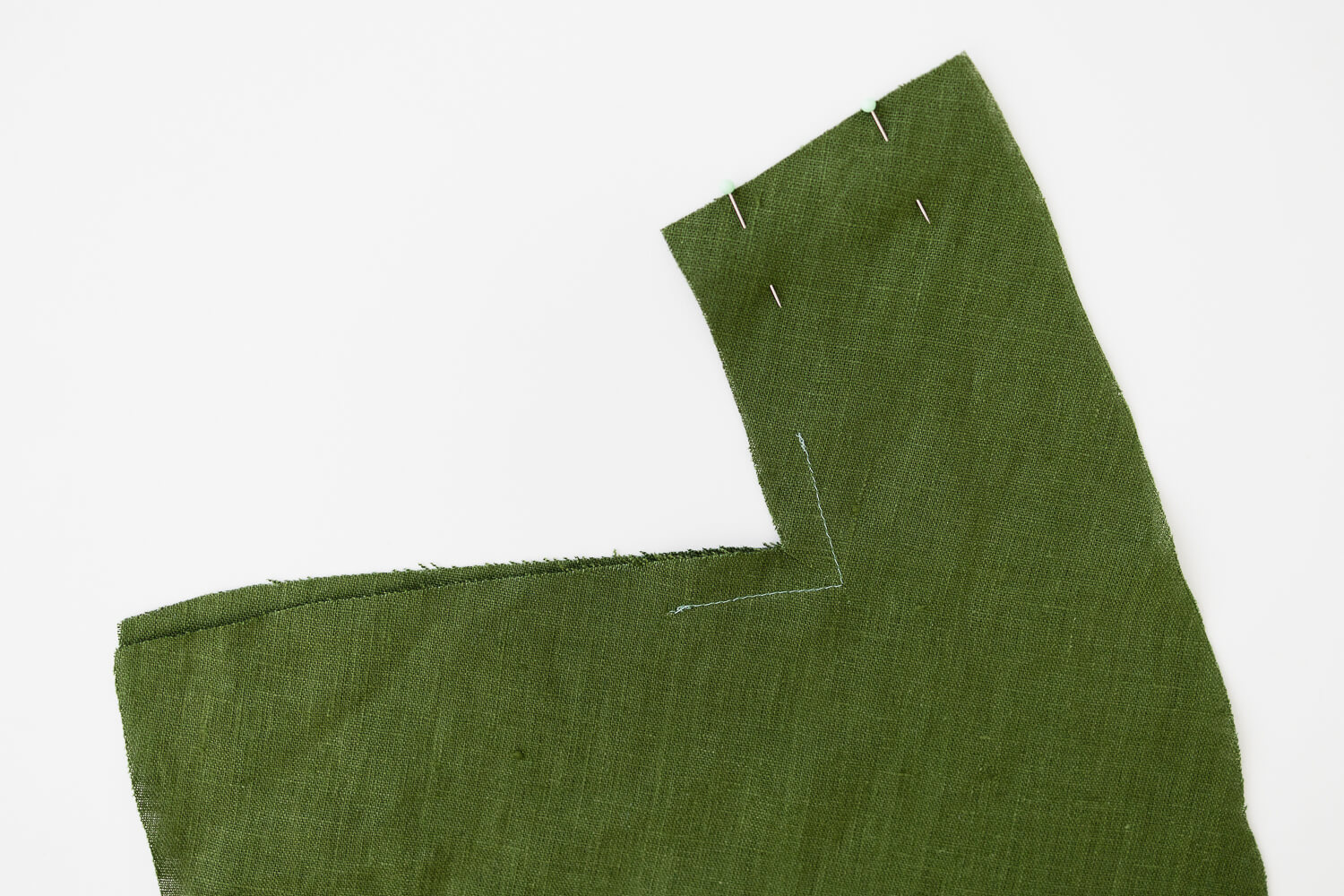
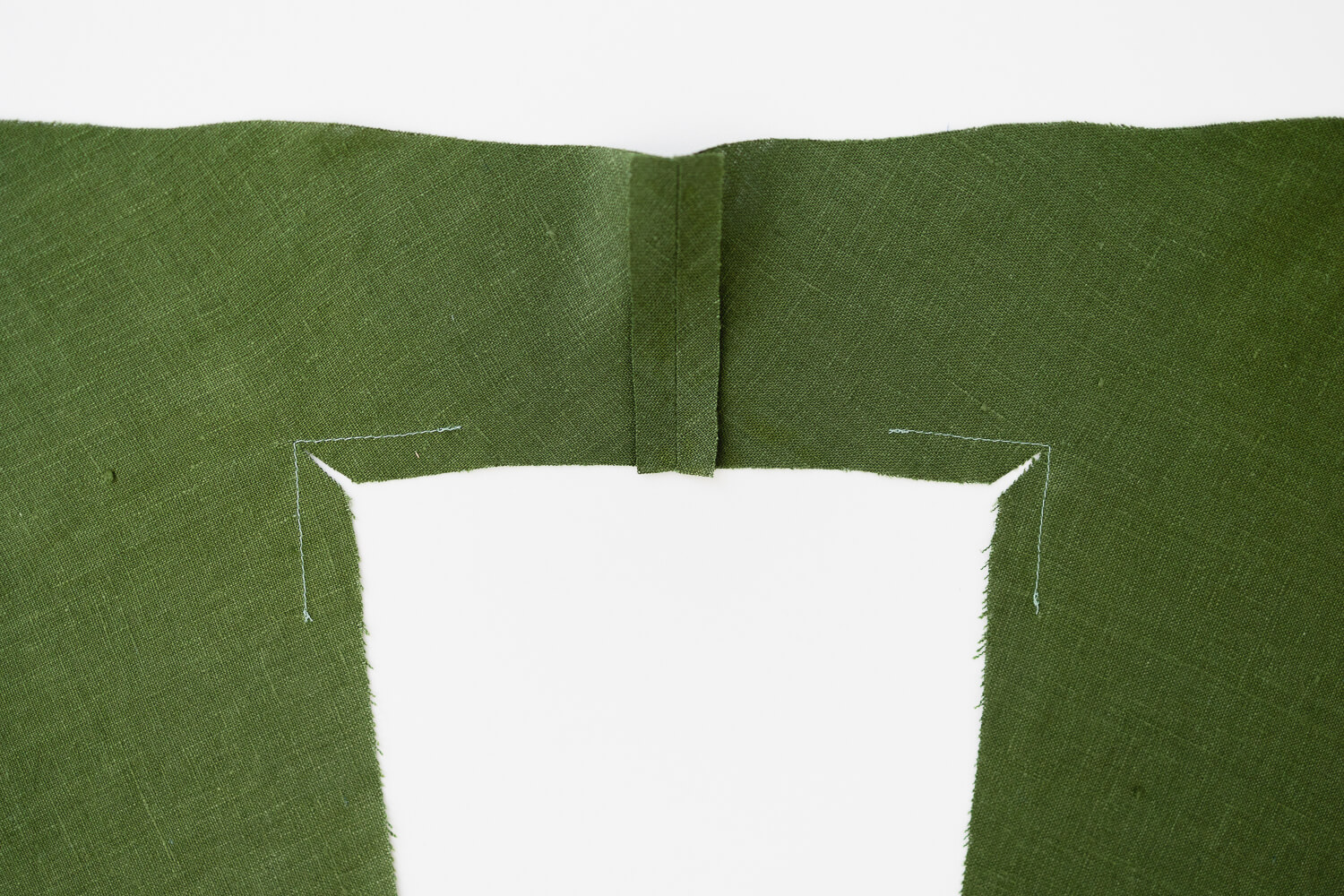
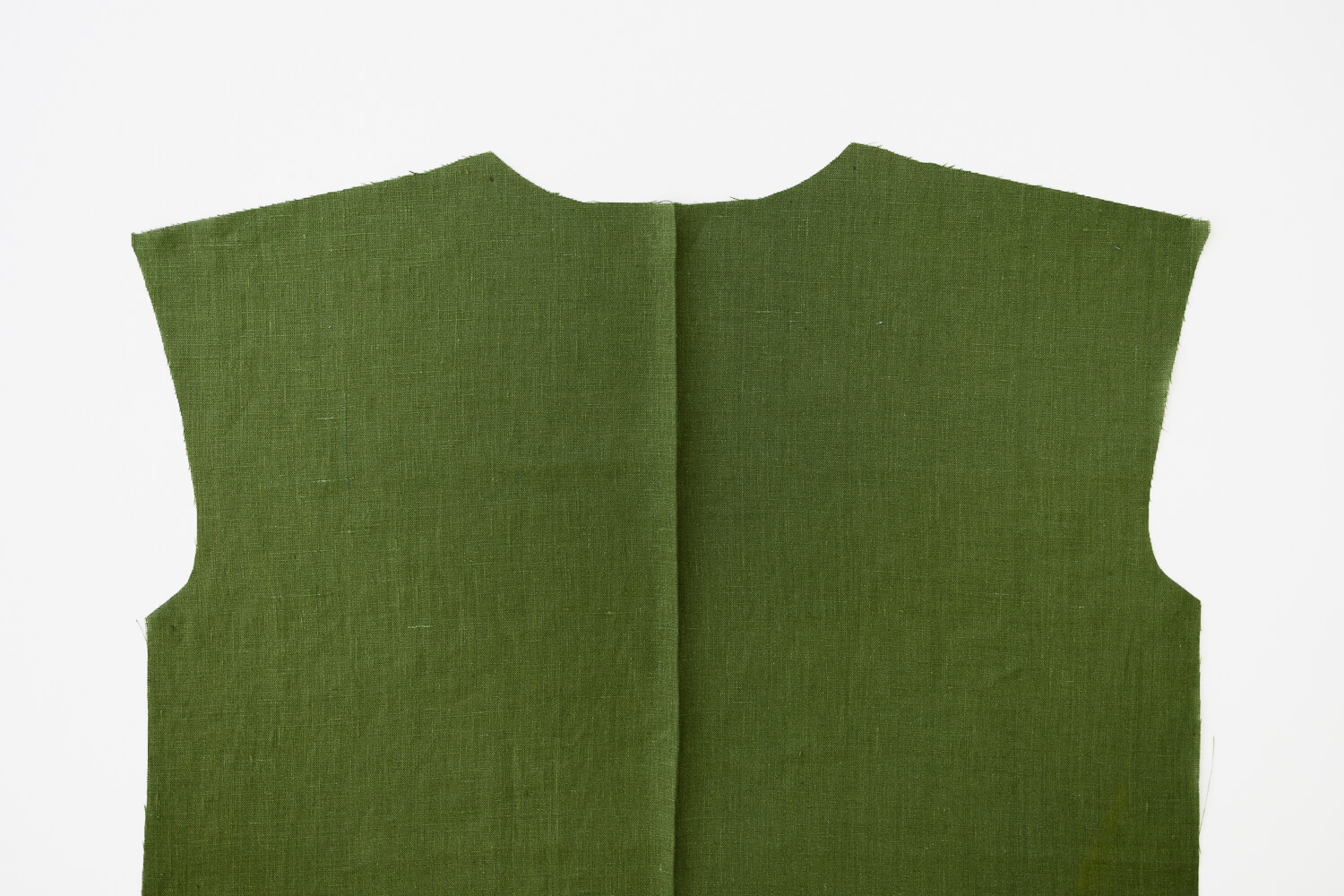
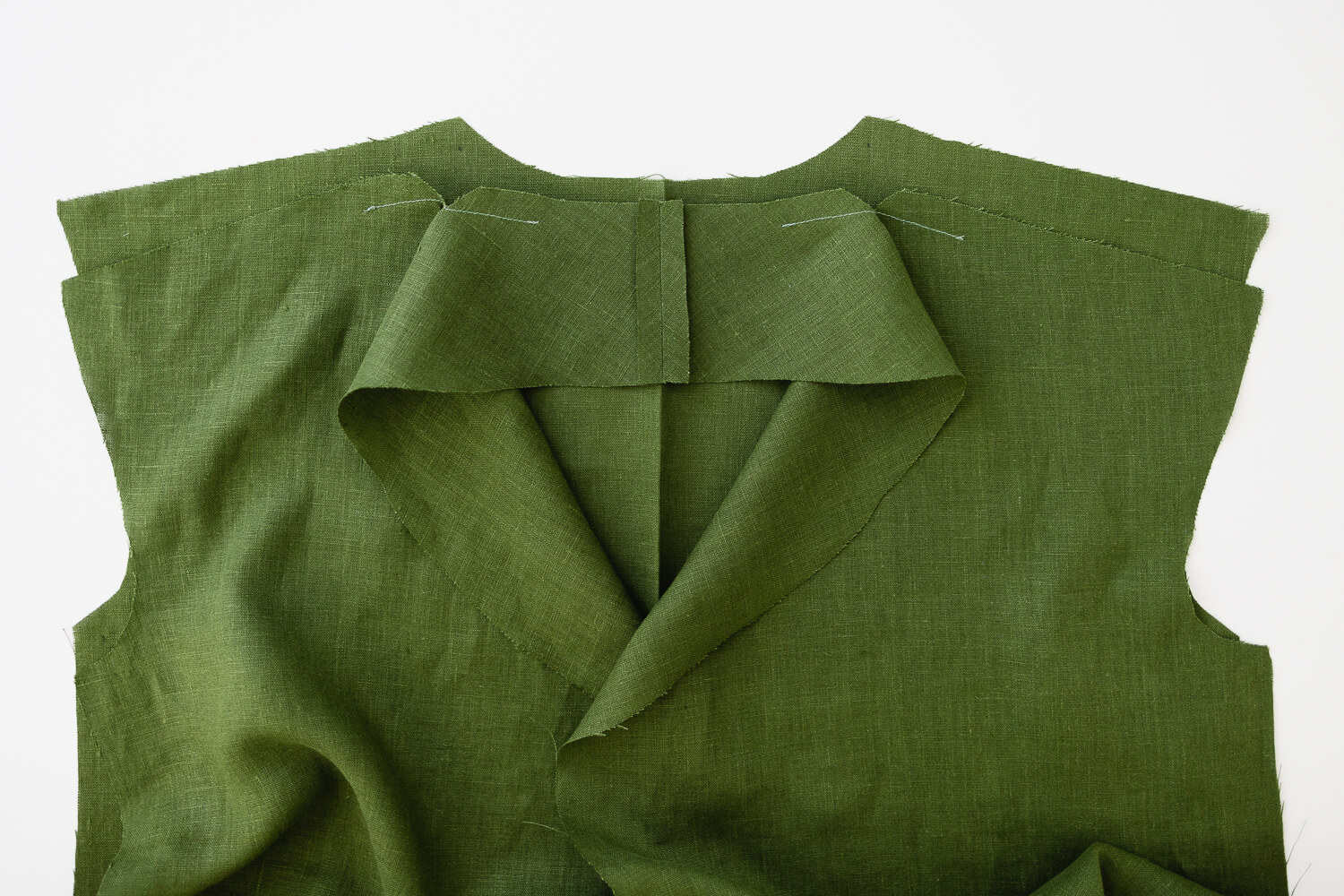
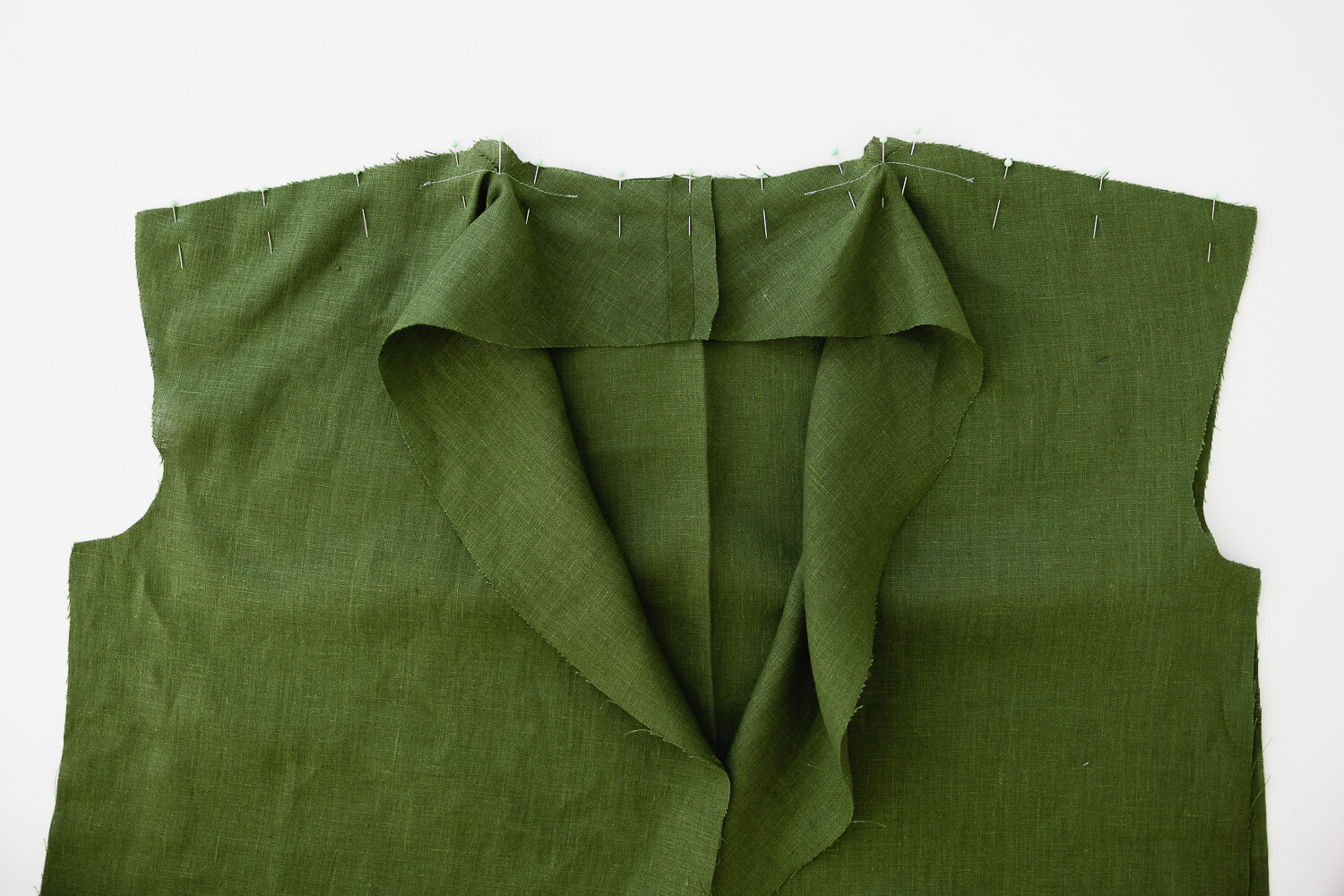
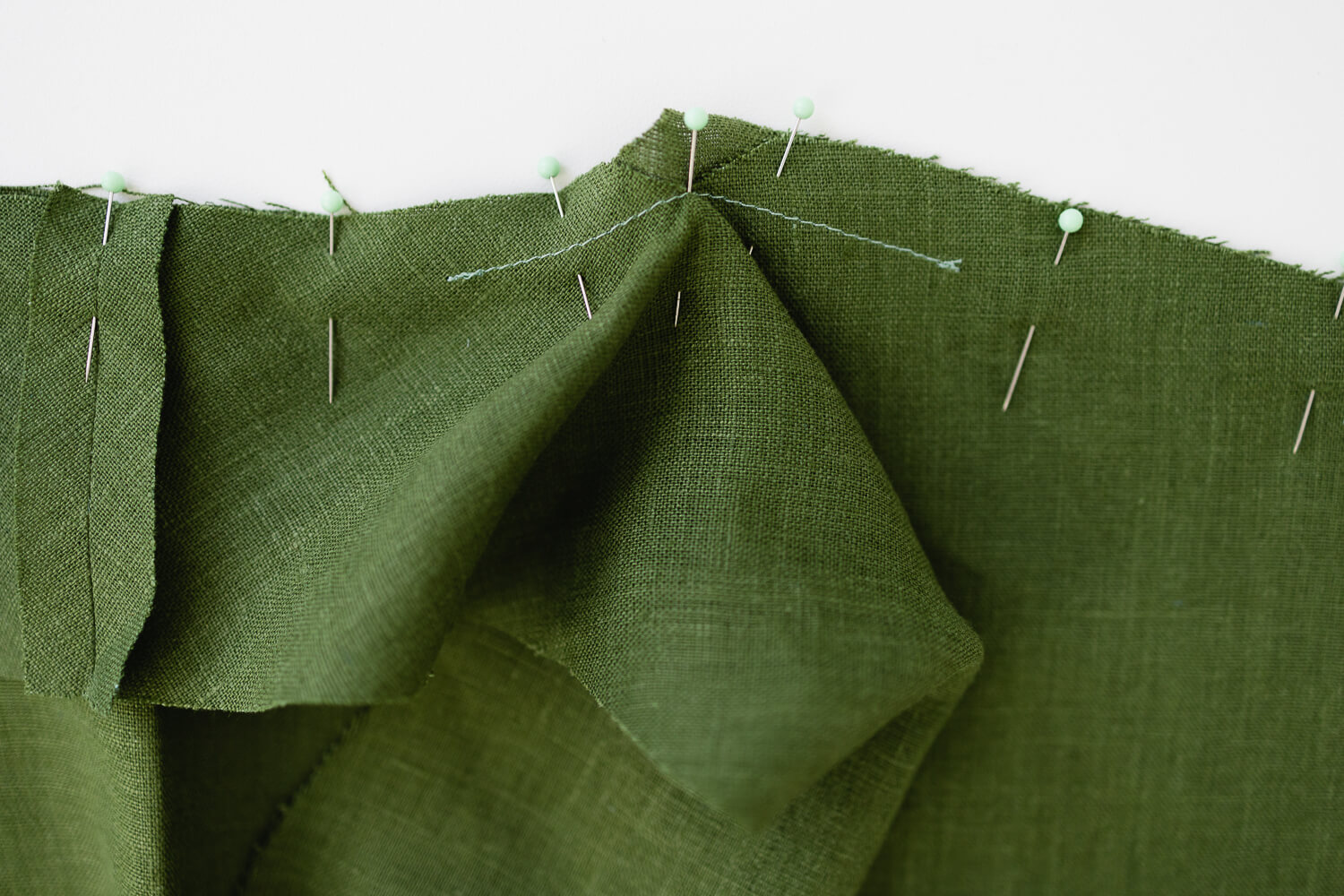
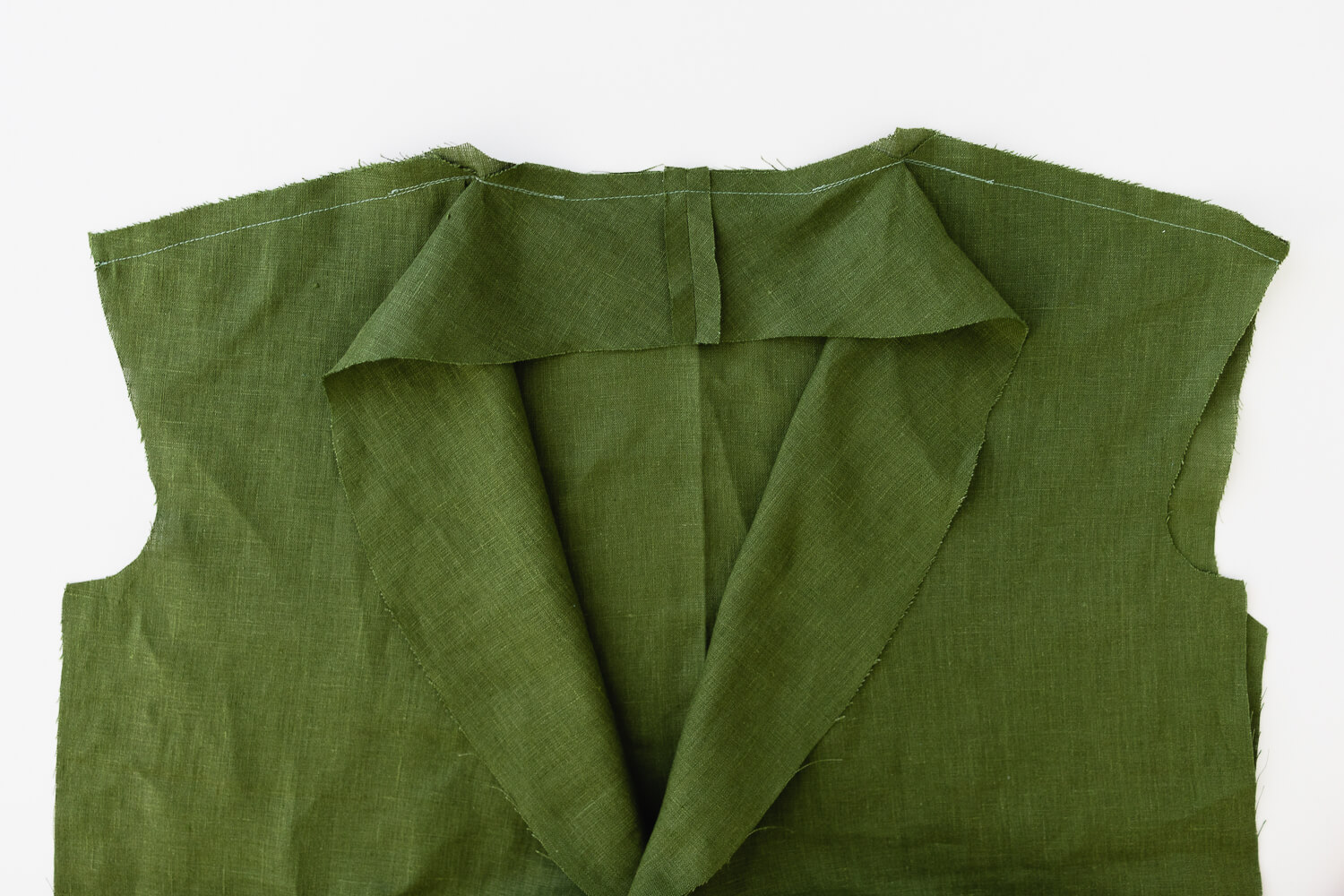
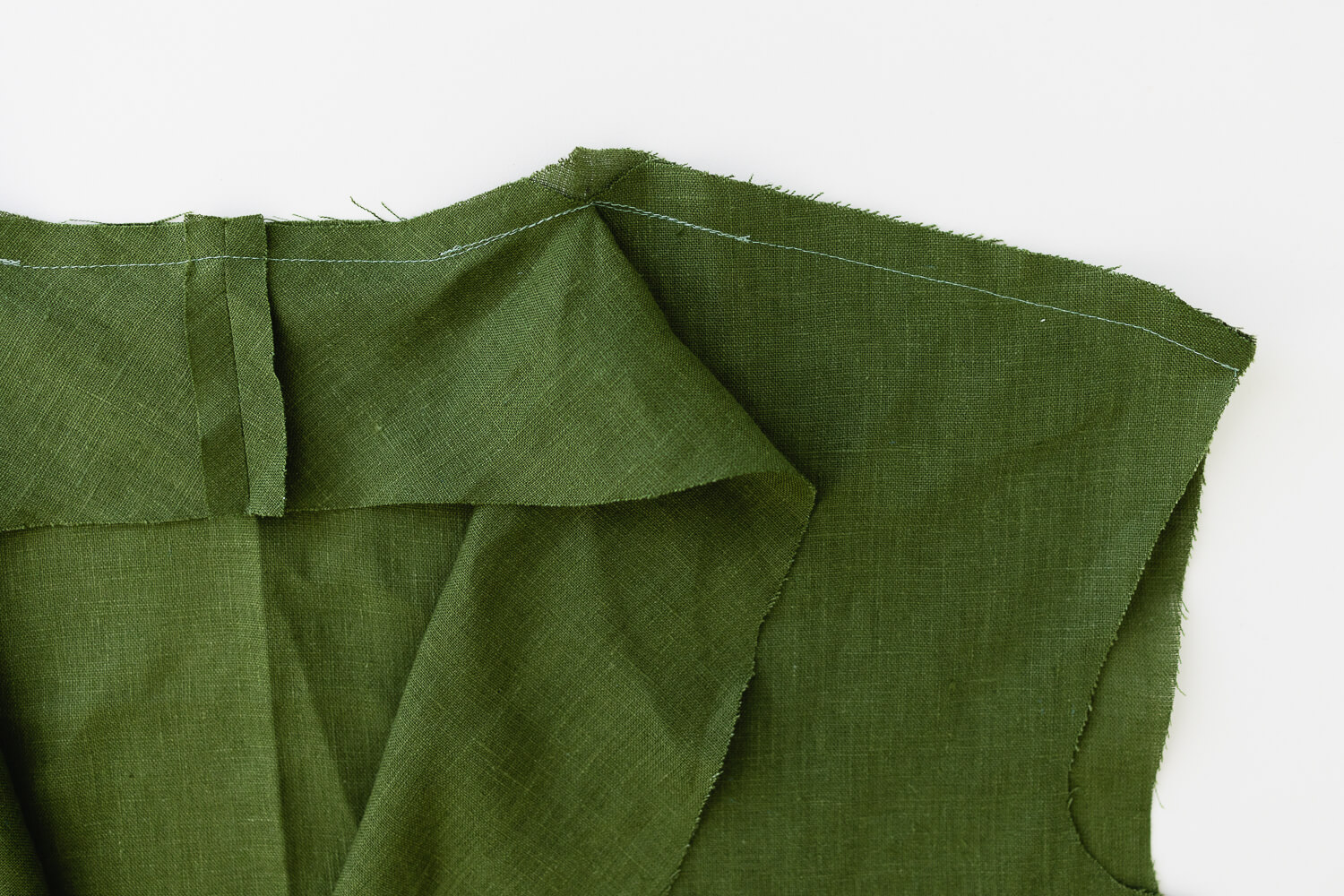
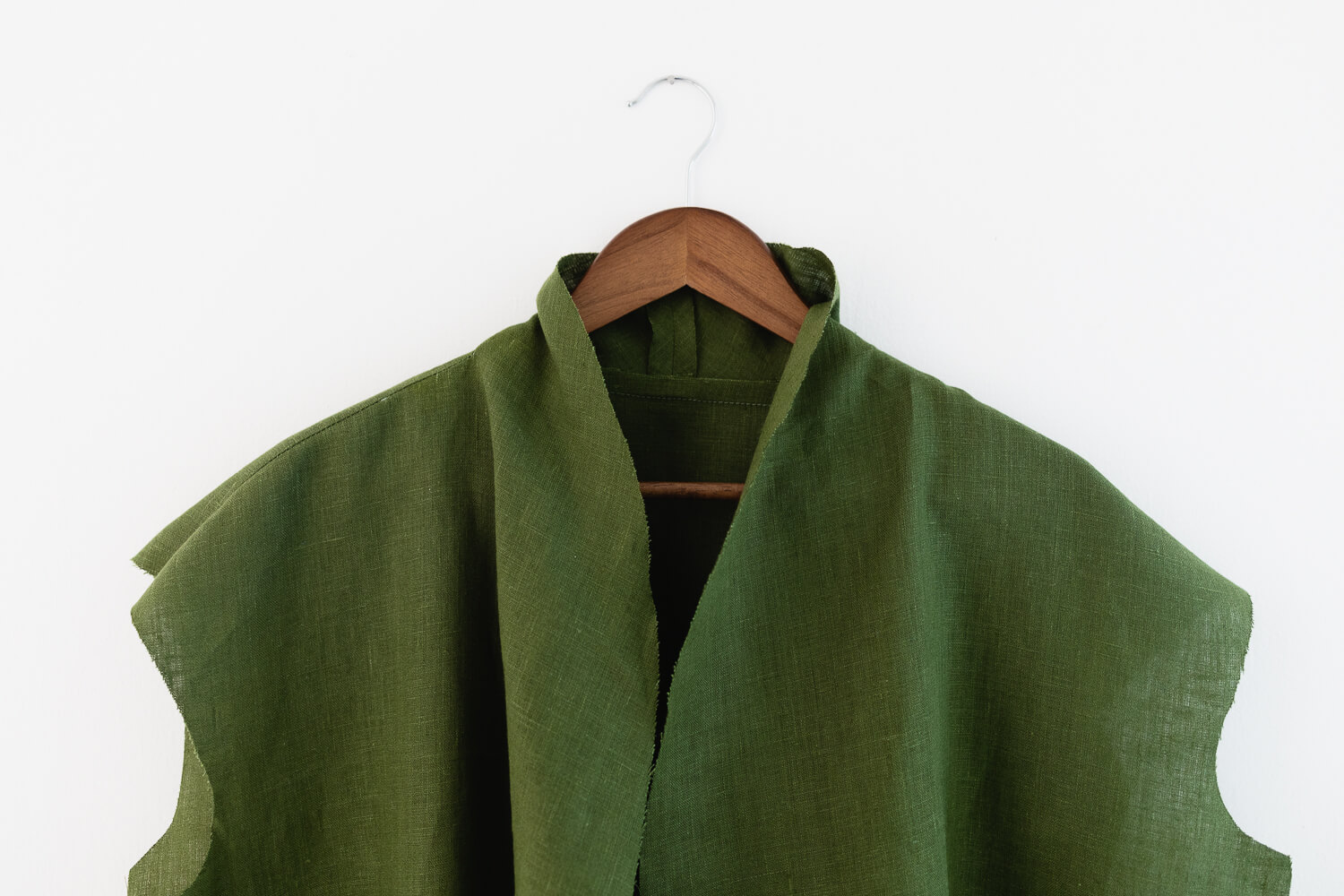
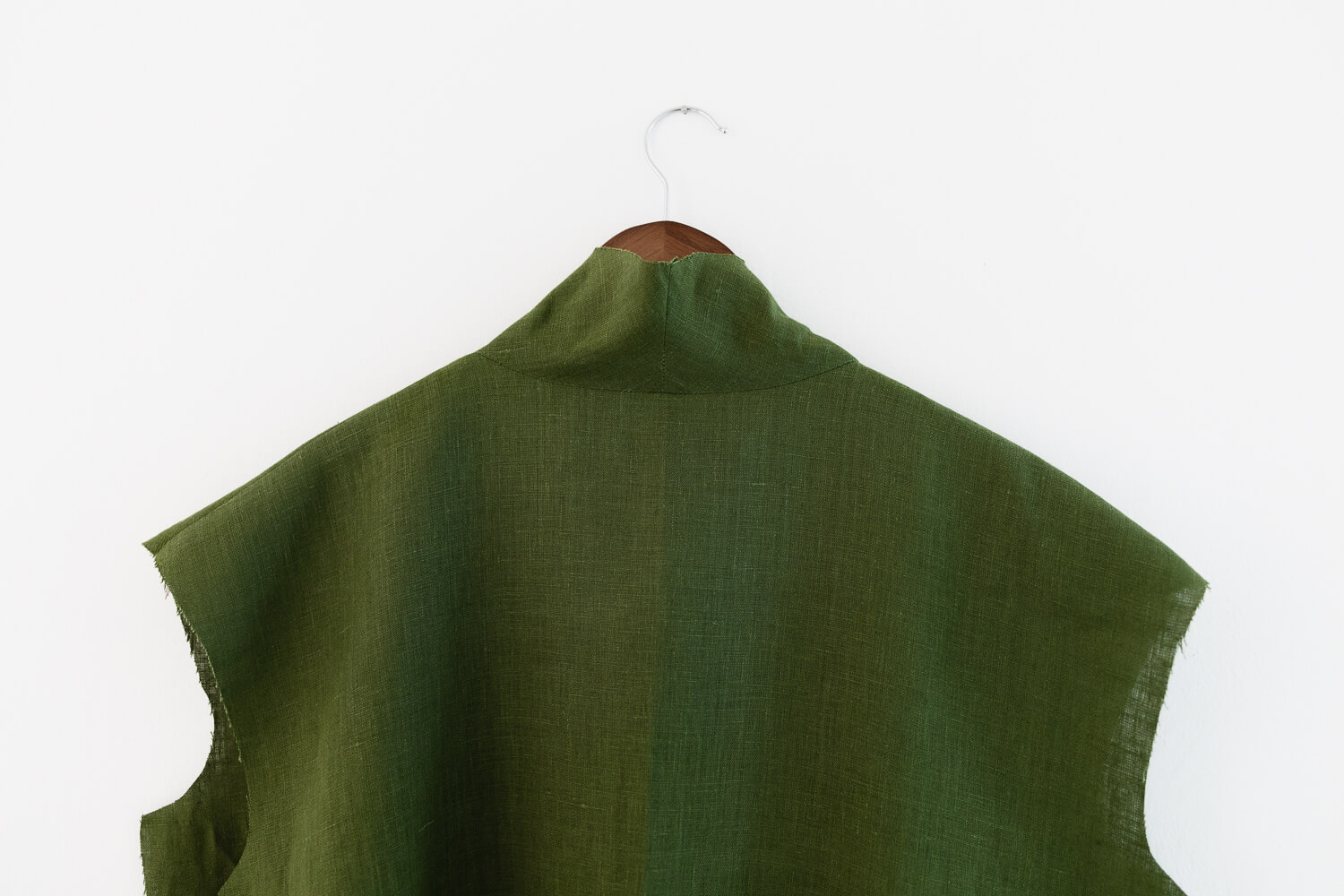
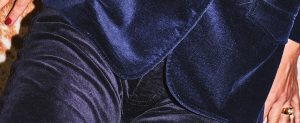
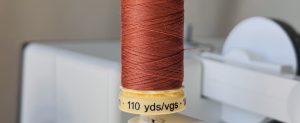

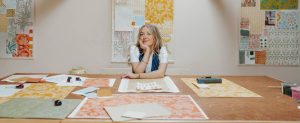
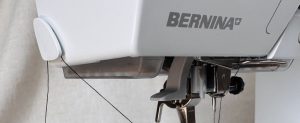































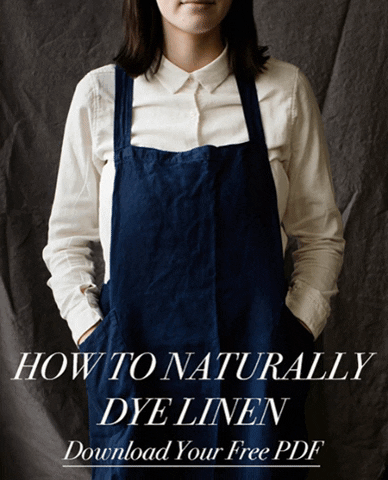
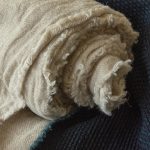



2 Comments
Vicki Lang
Thank you for the sewing tutorials you have been posting lately. You make everything so simple.
Sarah Kirsten
A fellow lover of simplicity! Thank you, Vicki.